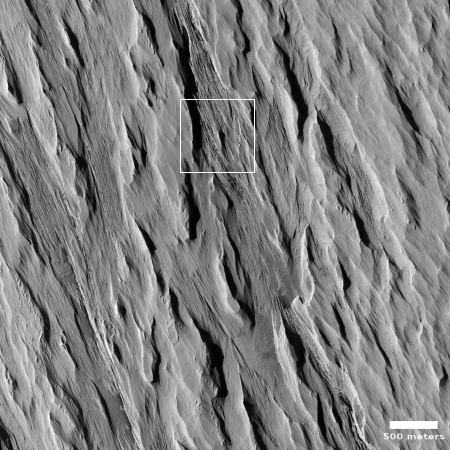Pennsylvania: 79 average age of COVID-19 deaths; 67% in nursing homes
What was obvious two months ago has now been confirmed again in Pennsylvania: The average age of those who died from the Wuhan flu was 79, and 67% of the deaths occurred in nursing homes.
Moreover, almost all of those who died also had some underlying other chronic illness.
In other words, the early data that said the disease is really only a threat to the elderly and the ill has been confirmed, again, and that shutting down the whole society and destroying the economy made no sense. If you an ordinary healthy person COVID-19 is not a threat to you. In any way at all.
Meanwhile, what about that worry that the disease’s arrival would overwhelm the healthcare system? Well, this same Pennsylvania report found that, as of yesterday, of the 37,000 hospital beds in the state, only 2,572 were in use, meaning that 93% of the beds were empty.
In other words, we cancelled all other medical procedures, actually causing some people to die because they could not get treatment, and ended up with so much spare hospital capacity that hospitals are going bankrupt because they have no patients.
But don’t worry. Our politicians are godlike and know best. Kneel before them and obey their commands, without question. You will be saved.
What was obvious two months ago has now been confirmed again in Pennsylvania: The average age of those who died from the Wuhan flu was 79, and 67% of the deaths occurred in nursing homes.
Moreover, almost all of those who died also had some underlying other chronic illness.
In other words, the early data that said the disease is really only a threat to the elderly and the ill has been confirmed, again, and that shutting down the whole society and destroying the economy made no sense. If you an ordinary healthy person COVID-19 is not a threat to you. In any way at all.
Meanwhile, what about that worry that the disease’s arrival would overwhelm the healthcare system? Well, this same Pennsylvania report found that, as of yesterday, of the 37,000 hospital beds in the state, only 2,572 were in use, meaning that 93% of the beds were empty.
In other words, we cancelled all other medical procedures, actually causing some people to die because they could not get treatment, and ended up with so much spare hospital capacity that hospitals are going bankrupt because they have no patients.
But don’t worry. Our politicians are godlike and know best. Kneel before them and obey their commands, without question. You will be saved.


